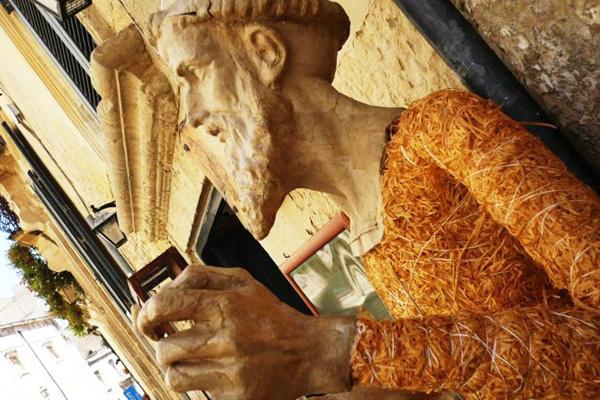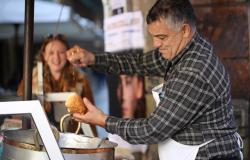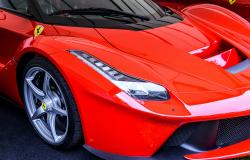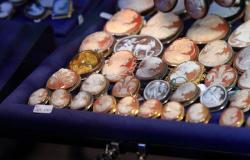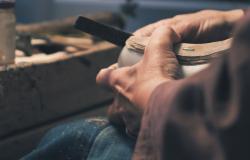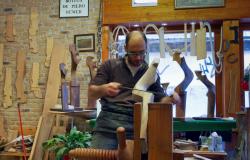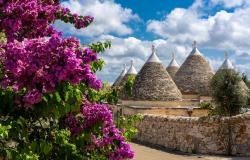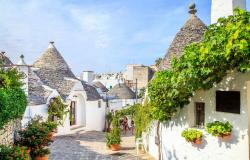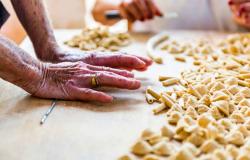by: Myra Robinson
Everyone knows that you go to the beautiful Puglian city of Lecce to see the sublime baroque architecture, but not many tourists know, even when they’ve done their guide book homework, that Lecce is also famous for cartapesta.
What exactly is cartapesta? The small shops around Lecce cathedral displaying this word are full of painted figures of all sizes, some religious, others peasants going about their daily tasks, or even tiny plates of food for a doll’s house, or ornamental flowers and jewellery. At first I took them to be intricately carved wooden ornaments, or perhaps made from terracotta, but when I picked them up, they felt incredibly light, and it suddenly dawned on me that they were all made from papier mâché.
Intrigued, I asked questions and picked up leaflets, to discover that Lecce has an important museum of papier mâché in the Castello Carlo V, which tells the history and shows how it is made, in fascinating detail. (The castle is open every day; closed lunchtimes.)
Cartapesta began in Lecce in the 17th century, but possibly had its origins in Naples with presepe (nativity) figures as well as the life-size models of saints made for Holy Week processions, lighter to carry than wooden statues. The first master of the technique in Lecce was Mauro Manieri (1687-1744), a sculptor and architect. During the following decades, workshops were created in Lecce with hundreds of apprentices learning the skills of the trade, and the churches and convents of Puglia were filled with its intricate decorations as well as the figures in flowing robes characteristic of the baroque style.
The models are created on an armature of chicken wire filled with straw, then bound with hemp so that the arms and legs can be manipulated. The finer details such as hands and feet are individually moulded, and heaps of glass eyes in various sizes are a bizarre sight in the workshops. The paper, which comes from paper mills near Naples, is soaked in water and paste, then ground with a pestle and pressed, then applied in strips. The final coat of larger sheets of paper is dried with red hot iron bars. Any cracks are filled, and the model is then covered with a mixture of plaster from Bologna and rabbit glue. Sanding, painting and adding final details such as eye lashes and fingernails complete the amazingly life-like figures.

The museum also shows how the art has in some cases evolved from the original baroque style. On display, for instance, is a group of fat naked women rather like the work of Botero, and the city awards an annual prize for the best cartapesta sculpture. (Recent prize winners can be seen in the sadly under appreciated Museo Provinciale Sigismondo Castromediano, on via Gallipoli.)
Perhaps the best way to understand the history and manufacture of cartapesta is to go into a workshop and see for yourself. Claudio Riso (www.cartapestariso.it) on Corso V. Emanuele ll has in its vaulted cellar the two Riso brothers skilfully modelling, but happy to be diverted with a little conversation. They are keen to demonstrate techniques. In fact, with the usual Italian generosity of spirit I was handed a red rose – in cartapesta, of course – as a thank you for my visit.
Now, whenever I gaze on the curls and swirls, the cartouches and swags of baroque church interiors, I find myself wondering whether they’re stucco, marble or papier mâché because it’s impossible to tell the difference, except that in a poor parish unable to afford marble, an over-the-top decorated interior is likely to be cartapesta.

In the city of Lecce the 17th century lives on, both in its architecture and in its tradition of cartapesta. There is little attempt to stray beyond the baroque to other styles, and that is its charm.
Check out Myra's website.
